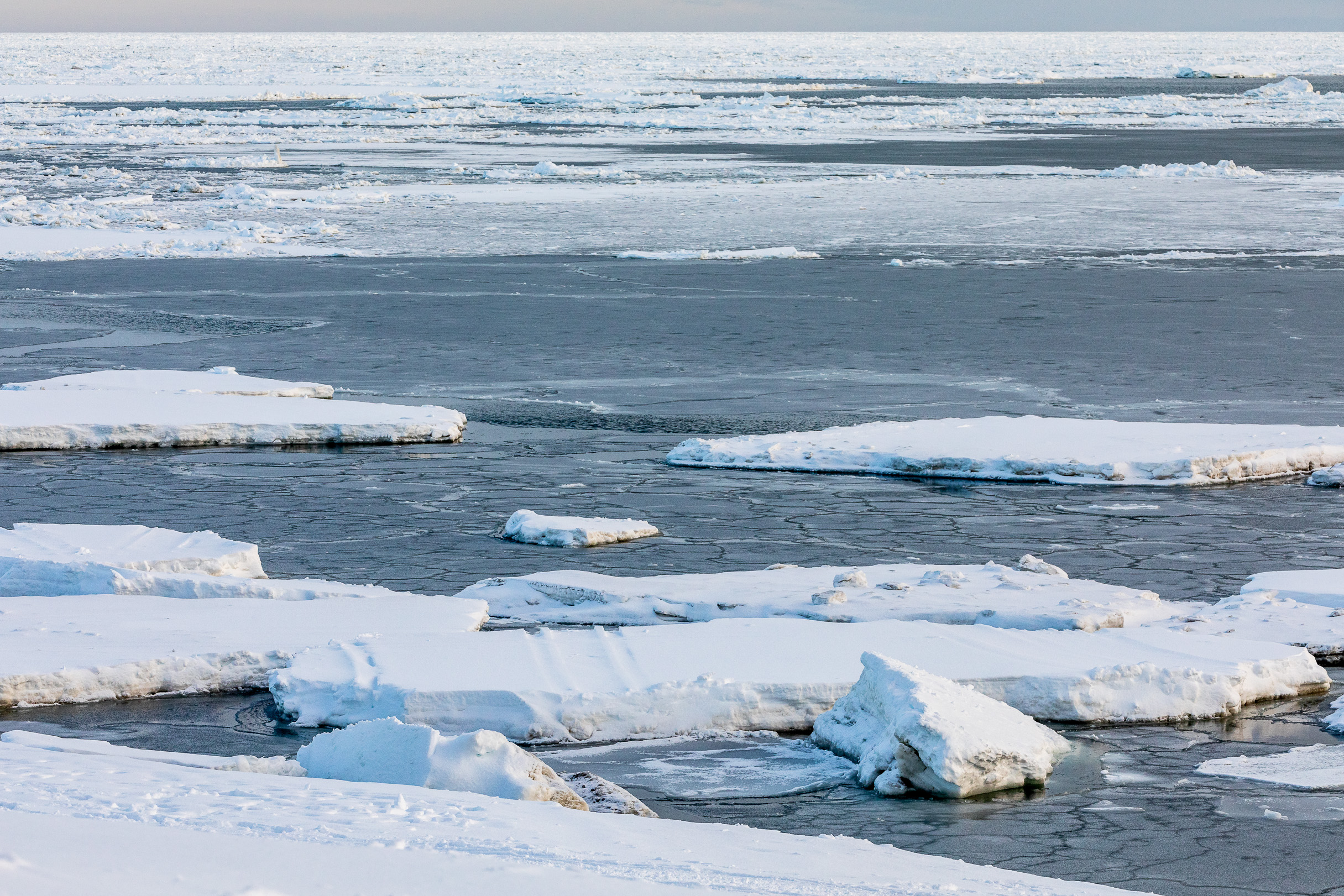Nome has recorded the fifth coldest April on the books with an average temperature of 8.4 degrees Fahrenheit.
According to Rick Thoman with the Alaska Center for Climate Assessment and Policy at the University of Alaska Fairbanks, that 8.4-degree average is significantly lower than what Nome usually sees.
“That is 14 degrees below the normal,” Thoman said. “It’s not the coldest April that we’ve ever had; 1985 was significantly colder. The average temperature is only about one degree above zero that month.”
That chilly April in 1985 showed an average temperature of just 1.3 degrees.
Of note this April, It was the coldest in a lifetime. The next coldest April was in 1924 with an average temperature of 4.1 degrees Fahrenheit.
“Unless you’re almost 100 years old now this was the either the second coldest or coldest April that you’ve lived through,” Thoman said.
This year, Nome saw an extremely cold single-day temperature in April, though warmer temperatures later in the month affected the average.
“On April 8, Nome airport did get to 30 below, and that tied the all-time record,” Thoman said. “Temperatures were not as far below normal (during) the second half of the month, so that pulled up the average some. It really was quite a quite a cold April.”
Snowfall this winter has also been record-breaking. The snowfall at Nome airport this winter (December through April) was about one-third greater than what was seen during the same period in 2021 and 2022.
Meteorologist Ryan Metzger with the National Weather Service in Fairbanks explained the increase, saying, “Between December of 2021 and the end of April of 2022, there was 6.28 inches of liquid equivalent precipitation that’s melted snow. From Dec. 1 of 2022 to the end of April of 2023. There was 9.36 inches of liquid equivalent precipitation.”
According to research published by Thoman in January, temperatures over the past half century are trending up everywhere in Alaska and northwest Canada. The largest changes are across the north, from the North Slope eastward to the Yukon Territory.
The effect of declining sea ice is responsible for large temperature increases through the Bering Strait region.
More information on weather in Nome and Western Alaska can be found at the NWS website.
Image at top: Scattered sea ice near Nome, Alaska, March 15, 2019. Photo: David Dodman, used with permission.





